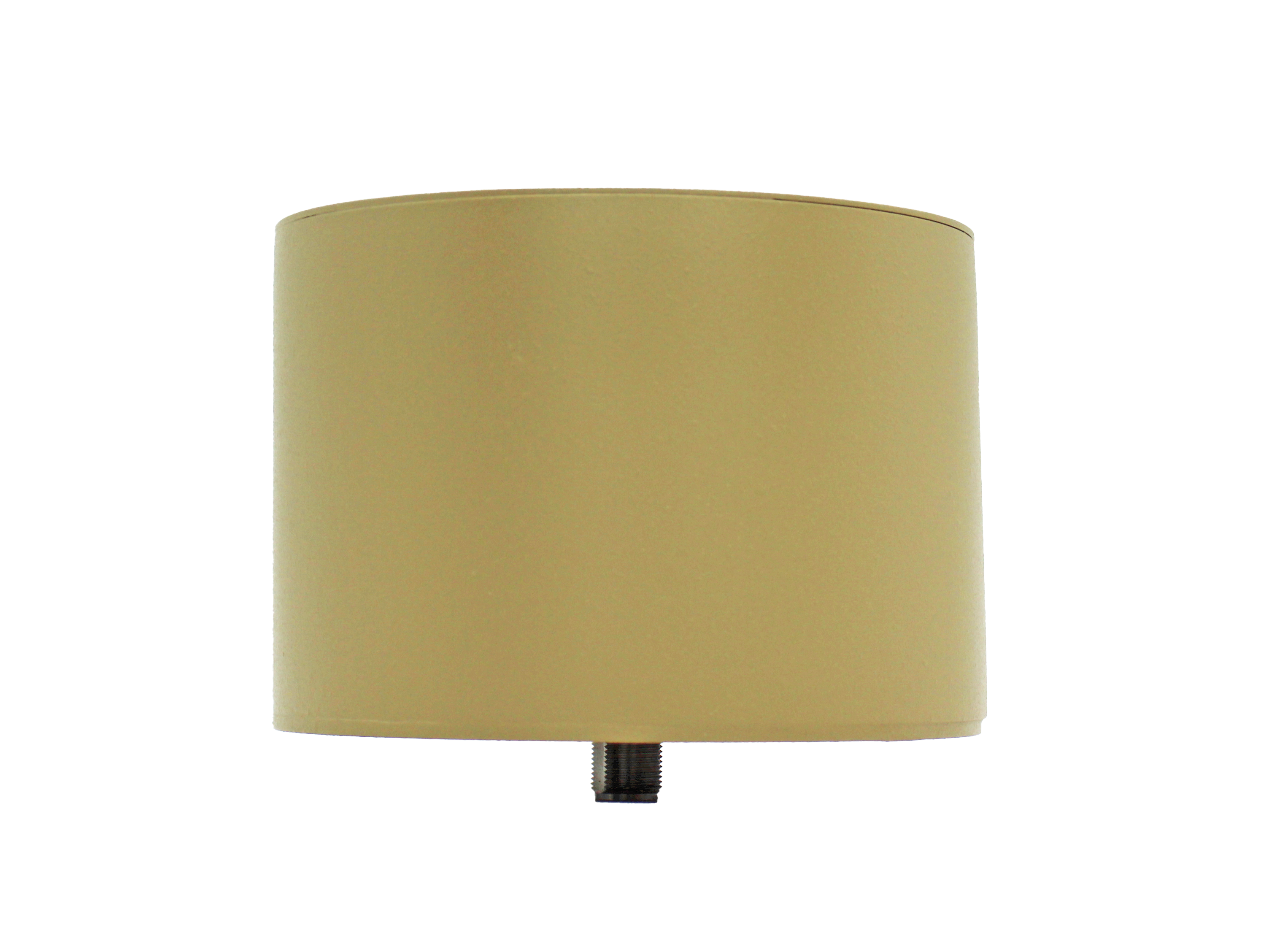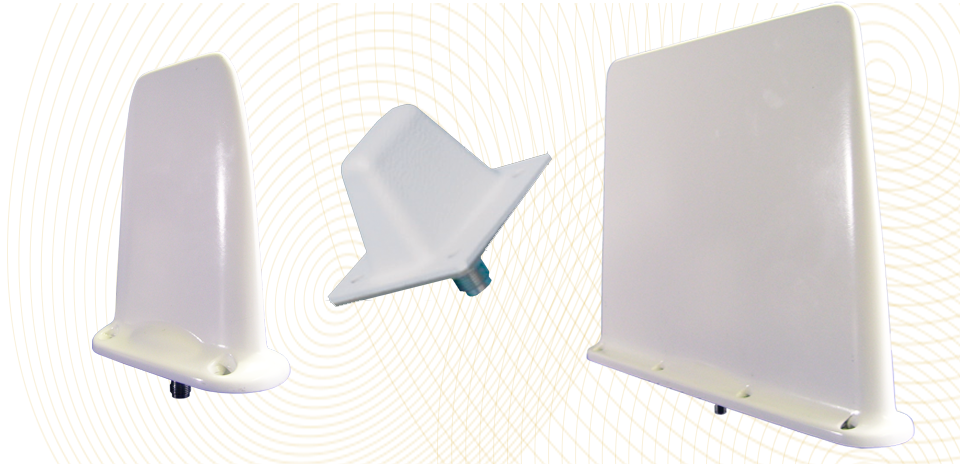Introduction to Biconical Antennas
June 2021In a previous post, we briefly explained that broadband antennas are antennas that operate over a wide band of frequencies, or “bandwidths,” higher than 1 octave. We also explained that broadband antennas come in a variety of forms. In this post, we will discuss a particular type of broadband antenna: the biconical antenna.
The phrase “biconical antenna” describes a broadband antennas that are made up of two roughly conical conductive objects, that are nearly touching at their points. Because of their configuration, they can also be referred to as “bowtie” or “butterfly” antennas.
Larger diameter = more broadband.
Biconical antennas have dipole characteristics. The double cone elements structure contributes to their wider bandwidth. The antenna becomes more broadband as the cone angle increases.
Solid or shell biconical antennas aren’t practical for all operations.
Solid or shell bicone structures can sometimes be too large for most frequencies of operation. Thus, many antennas are designed to mimic the standard biconical geometry, but with altered structure and materials.
The wire bow-tie, for example, reduces the weight and wind resistance of a structure. Although one wire bow-tie would be very narrowband in comparison to actual cone-shaped or triangular sheet antenna, multiple (8+) intersecting wires can achieve the same radiation characteristics of its counterparts.
Bioconical antennas can be used in a number of applications, typically in the VHF and UHF frequency ranges.
JEM Engineering develops low-profile and versatile biconical antennas.
They are often used in electromagnetic interference (EMI) testing either for immunity testing, or emissions testing.
They are more effective than half-wave dipoles, because biconical antennas allow continuous sweeps, allowing for more ease in discovering anomalies.
The LBC-0718, which operates within frequencies from 700 MHz to 18 GHz, weighs about 2 lbs (approx. 0.91 kg) is suitable for SIGINT, signal monitoring, and multi-band communication.

Latest Posts

STEM with JEM
Did you know that National STEM Day falls on the 8th of November each year? That’s because the abbreviation “NOV8” actually stands for “INNOVATE.”

Reshaping Antenna Design with 3D Printing
As we discussed in a previous post, before we can manufacture, we must prototype. For this step in the process, we are beginning to explore additive manufacturing, or as it’s more commonly known, 3D printing.

An Overview of Unmanned Aerial Vehicles — and their Antennas
An unmanned aerial vehicle, or UAV, refer to a vehicle that is able to fly remotely, either with some sort of controller or autonomously. An unmanned aircraft system, or UAS, includes not only the UAV, itself but also the person on the ground controlling the flight, as well as the system in place that connects the two of them.
